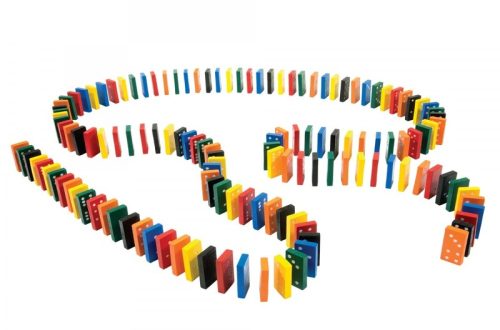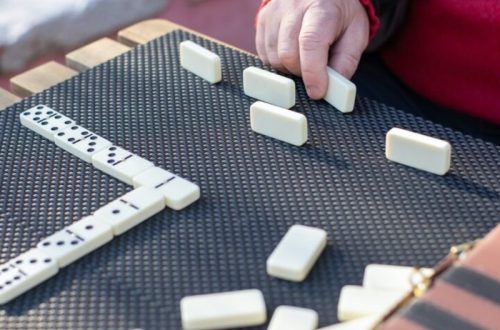Part 1: The Loss of Innocence
Lost Comfort:
Stuffed animals are often seen as symbols of comfort and security, especially for children. However, when a stuffed animal takes on a creepy appearance, it can lose its ability to provide comfort and instead become a source of unease. Ripped seams, missing eyes, or an unsettling smile can turn a once-lovable companion into a constant reminder of vulnerability and imperfection.
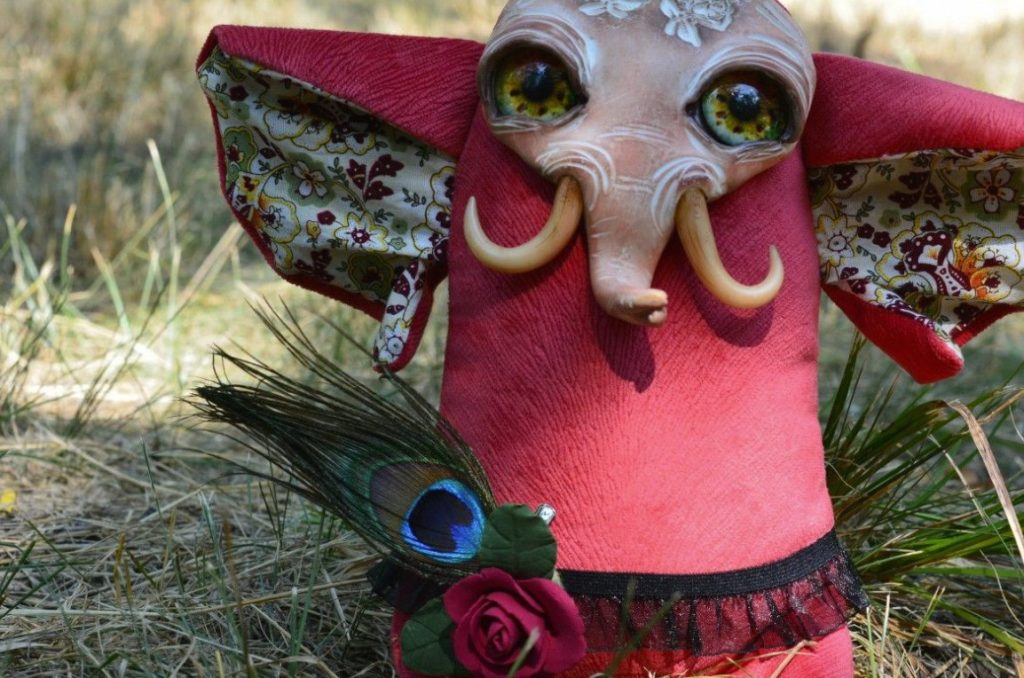
Confronting Fears:
Children often grapple with fears of the dark, monsters, or abandonment. A creepy stuffed animal can become a physical manifestation of these fears. For example, a teddy bear with glowing red eyes might embody the fear of the dark, while a doll with a missing limb could represent a fear of injury. By confronting these fears through play with a creepy stuffed animal, children may be able to work through them in a safe space.
Part 2: The Uncanny Valley
Blurred Lines:
The “uncanny valley” is a concept that describes the feeling of eeriness we experience when something appears almost, but not quite, human. When it comes to stuffed animals, those with human-like features, such as realistic eyes, can often fall into this uncanny valley. This phenomenon can create a sense of unease because the object appears familiar yet wrong, disrupting our expectations of what a stuffed animal should look like. The discrepancy between the lifelike qualities and the inherent artificiality of the plush toy can evoke feelings of discomfort or even unease in some individuals. This dissonance between the expected appearance of a toy and its human-like features can lead to an unsettling sensation. As a result, many people may prefer stuffed animals with more simplified and abstract features, as these designs tend to evoke a more positive and comforting response without triggering the uncanny valley effect.
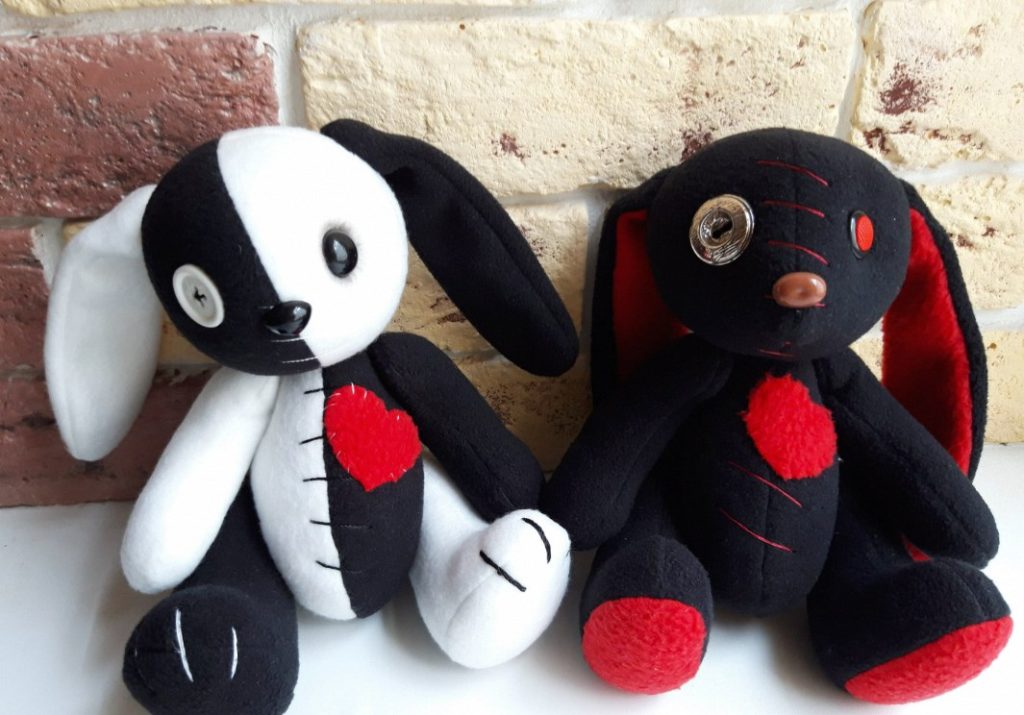
Haunted by Memories:
Stuffed animals often become repositories for specific memories and emotions. A creepy or unsettling stuffed animal can take on a haunted quality, becoming a vessel for these memories. For instance, a child who received a creepy stuffed animal during a challenging or distressing time might associate the toy with those negative emotions. Thus, seeing the toy again could evoke a vivid and unsettling recollection of those difficult memories. This psychological association between the toy and the distressing period in the child’s life can imbue the stuffed animal with an eerie quality, making it an unwelcome reminder of those past struggles. As a result, the stuffed animal may become associated with negative emotions and come to signify unpleasant or distressing memories, creating an unsettling and discomforting experience for individuals who have such associations with specific toys.
Part 3: The Power of Suggestion
Folklore and Fairytales:
Numerous cultures have folklore and fairytales that depict inanimate objects coming to life, frequently with sinister intentions. These narratives can sow a seed of unease around stuffed animals, particularly those that appear creepy or damaged. Children who are acquainted with these tales may be more disposed to imagine their unsettling stuffed animals coming to life when night falls. The cultural context and exposure to such stories can influence how children perceive and interact with their toys, amplifying feelings of discomfort or fear towards certain objects. The latent fear of inanimate objects taking on a life of their own, as depicted in these tales, may contribute to a sense of apprehension or unease around specific stuffed animals, thereby shaping children’s attitudes and emotions towards these toys. As a result, these cultural influences can impact the way children perceive and engage with their toys, particularly those that possess eerie qualities.

Movies and Media:
Horror movies and television shows often use creepy stuffed animals as a trope to create suspense and fear. These portrayals can shape our perception of stuffed animals in the real world. After seeing a movie where a possessed teddy bear terrorizes a child, a person might be more likely to find a similar-looking stuffed animal unsettling.
Part 4: Embracing the Weird
Collectible Oddities:
There exists a burgeoning subculture of individuals who have a penchant for collecting creepy or unusual-looking stuffed animals. These dedicated collectors embrace the uniqueness and peculiarity of these toys, finding their eerie qualities to be part of their allure. They often view creepy stuffed animals as intriguing conversation starters, seeing them as thought-provoking and unexpected additions to their collection. The unsettling or odd appearance of these toys can spark curiosity and open discussions, adding an element of unpredictability to their assortment of stuffed animals. For these enthusiasts, the appeal lies in the unconventional and offbeat nature of these toys, which bring an unconventional and sometimes unsettling charm to their collections. Embracing the unconventional and eschewing the traditional, these collectors appreciate the whimsy and intrigue that creepy stuffed animals bring into their lives, valuing them for their distinctiveness and their ability to challenge expectations.
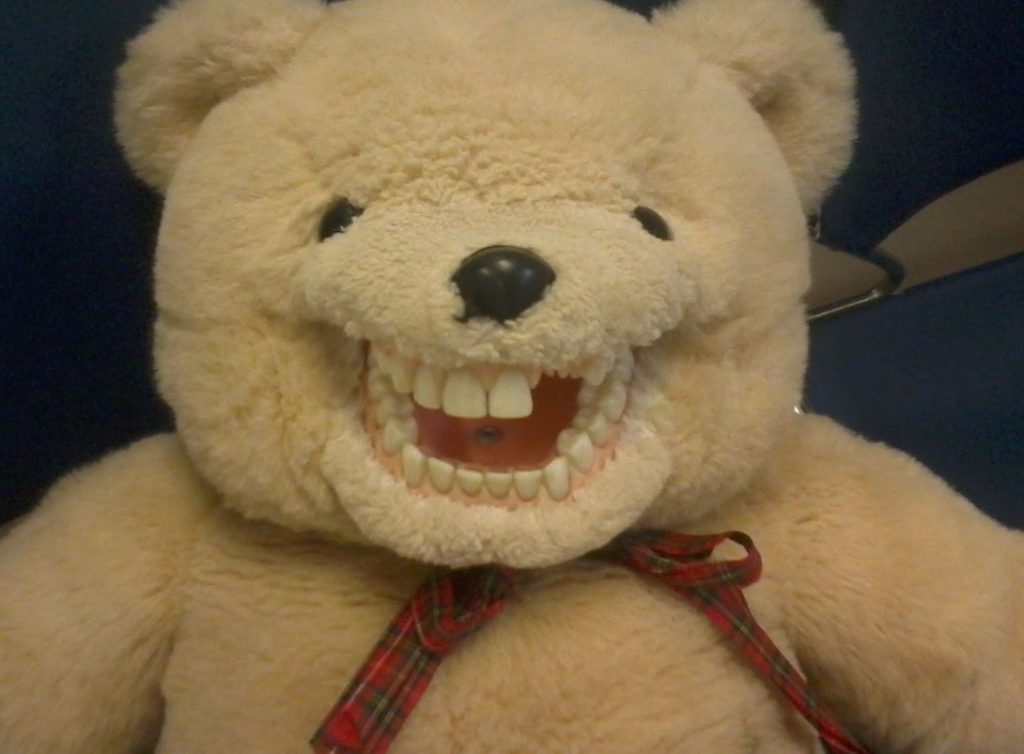
Therapeutic Value:
For some individuals, owning creepy stuffed animals can offer unexpected therapeutic benefits. The oddness and peculiarity of these toys can serve as a welcomed distraction from stress and anxiety, providing a unique form of comfort and escapism. Moreover, caring for a creepy stuffed animal can instill a sense of responsibility and purpose, offering a tangible source of emotional support and companionship. Many find solace in the distinctiveness of these toys, viewing them as a way to embrace one’s own eccentricities and individuality. Additionally, owning and appreciating creepy stuffed animals can be a way of aligning with one’s idiosyncrasies and promoting self-acceptance, allowing individuals to celebrate their own uniqueness. Thus, for some, the unconventional and eerie nature of these toys can provide a form of therapeutic relief, offering an avenue for self-expression and a means of fostering personal well-being.

In conclusion, creepy stuffed animals can evoke a range of emotions, from fear and unease to comfort and nostalgia. Their power lies in their ability to tap into our primal fears and blur the lines between reality and imagination. However, creepy stuffed animals can also be seen as objects of fascination and collection. Ultimately, how we perceive a creepy stuffed animal depends on our own personal experiences and cultural background.

